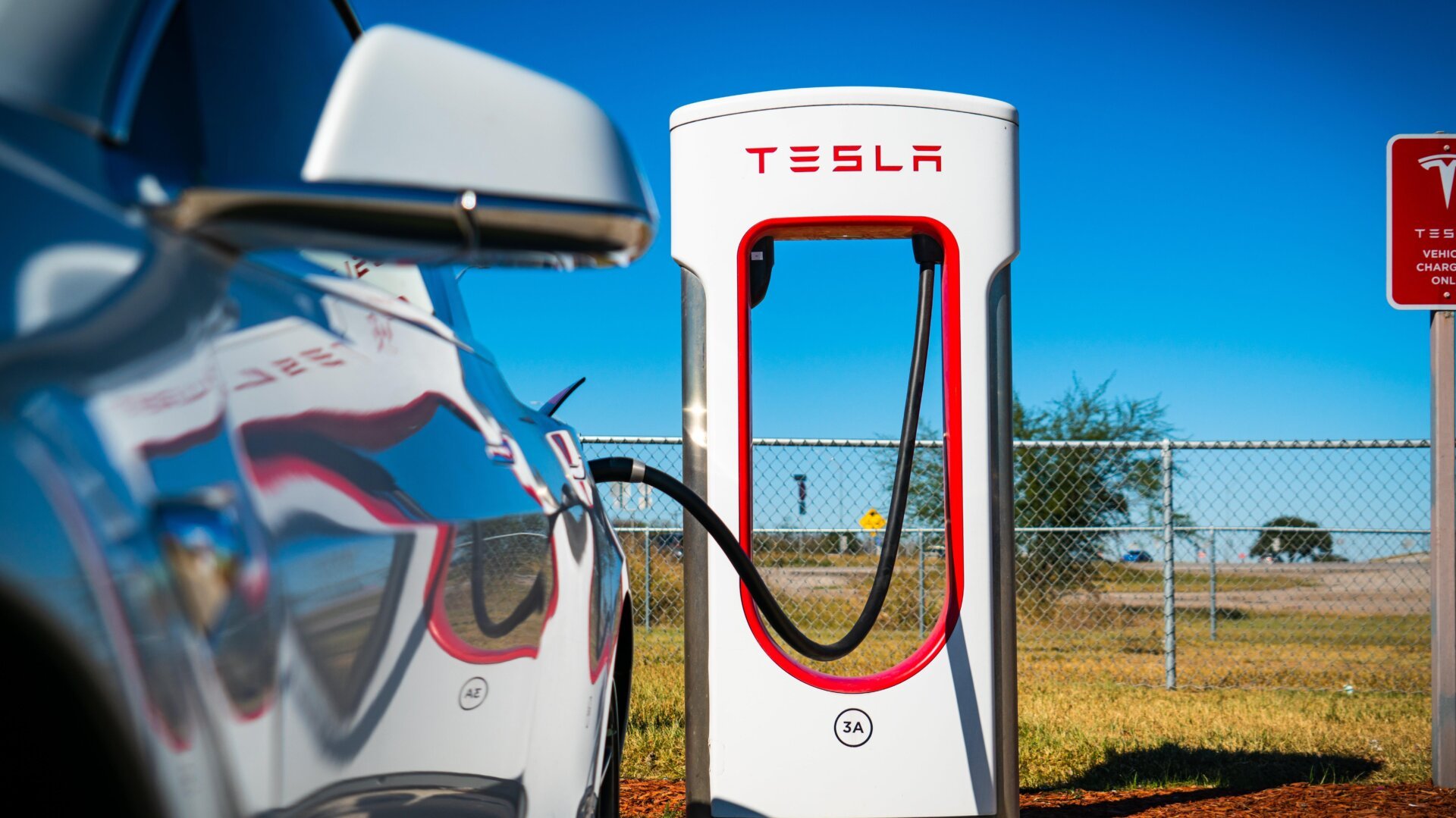Are EV Charging Stations Bad for Your Health?

Charging up your EV today? Don’t stand too close to it.
The air around electric vehicle chargers fast charging cars had twice the level of dangerous fine particles than regular urban air, a new study found.
Researchers from UCLA measured 50 chargers across the Los Angeles metropolitan area, most of them Tesla Superchargers, and found that they had levels of fine particulate matter between 15 to 20 micrograms per cubic meter.
That’s far higher than the average the typical urban background in L.A. which is 7 to 8 micrograms per cubic meter, and higher even than gas stations, which typically clock in around 12 micrograms per cubic meter, according to the study.
The World Health Organization’s air quality guidelines were exceeded by about half of the chargers in the study.
Tesla did not respond to a request for comment.
Why is this a problem?
Well, aside from breathing in unhealthy air from a much-ballyhooed healthy technology, we also just built thousands of high-speed charging stations all over the United States.
There are 11,400 high-speed charging stations in the country, Bloomberg extrapolated from U.S. Department of energy data, with more than 700 built in the second quarter of 2025 alone and hundreds more planned by 2026.
Other researchers of EV pollution say that it is a problem that can be solved. The study found that the fans used in the chargers are blowing air directly into the area near the charging point, sweeping up dust, residue from tires, grit, and everything else around.
“We want to make sure that EV adoption is clean,” Yuan Yao, a co-author of the study and a postdoctoral researcher at UCLA’s Fielding School of Public Health, told the LA Times.
How can you avoid inhaling pollution from an EV charger?
Environmental health professor Yifang Zhu, who led the study, told Inside EVs that the air quality improves the farther away from the charger you get.
“We measured at different distances from the chargers and the the high measurements were taken at the chargers’ power cabinets,” Zhu said. “Fortunately, a few meters away, the concentrations drop quite a bit. A few hundred meters away, there’s no noticeable difference compared to background levels of pollution.”
Zhu and his team authored the paper, titled “Fine Particulate Matter Emissions from Electric Vehicle Fast Charging Stations.” Zhu said its findings can help EV drivers immediately.
“As we expand EV charging, especially fast-charging stations, we should also pay attention to potential emissions from the charging equipment itself,” Yao said.
Still, researchers say it can’t hurt to be cautious when recharging, just in case.
“There’s no healthy amount of fine particulate matter to breathe, and the amount around fast chargers for electric vehicles is about twice as high as background levels of PM 2.5 (fine particulate matter),” Zhu said. “We tested 50 fast chargers across LA and found higher particle levels near their power cabinets, with even higher levels of metal tracers from brake and tire particles.”
Gas is still much worse for the environment
Gas-powered cars are still a much more potent health risk, both because of their emissions and gas stations’ environmental impact.
Gas emissions include benzene, a laundry list of carcinogens, organic compounds, and are a major contributor to climate change, the Environmental Protection Agency says. It has a breakdown here of what is dangerous in the mix.
That means EVs still remain much lower polluters, Joe Allen, an air quality expert and professor at the Harvard T.H. Chan School of Public Health who was not involved in the study, told the LA Times.
“I’d much rather be charging my EV than filling my gas-powered car at the gas station,” he added.








